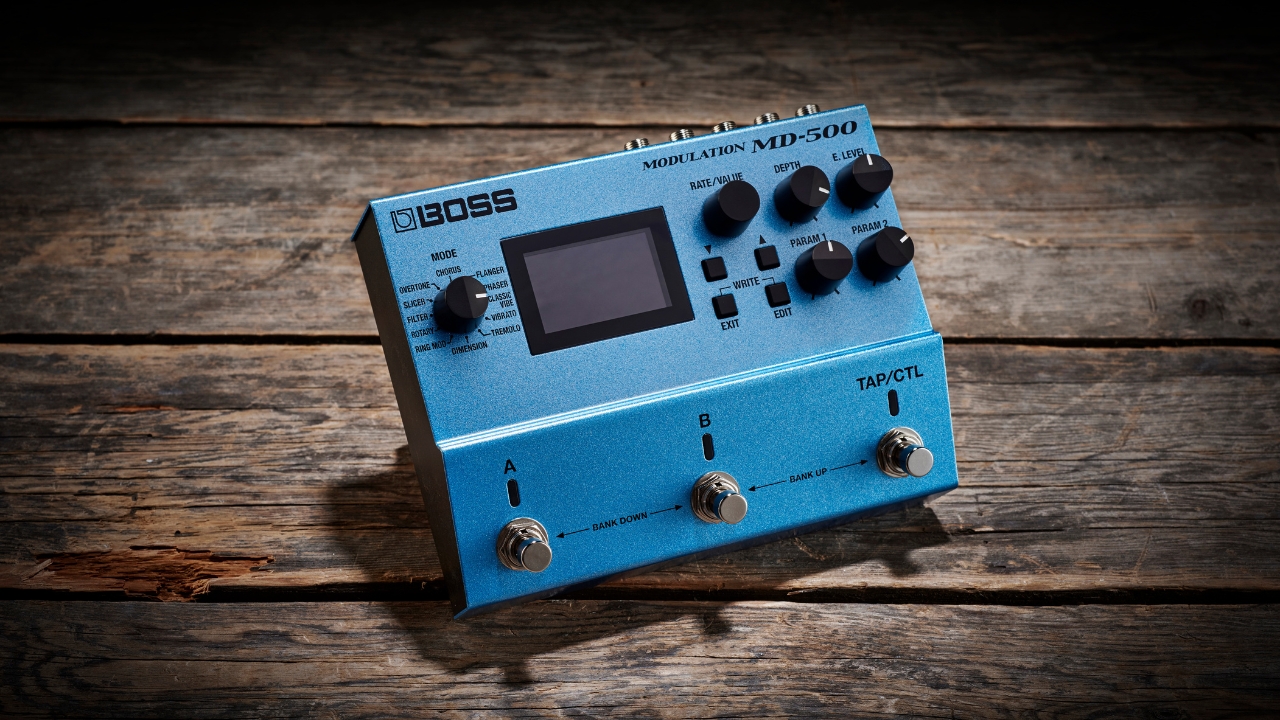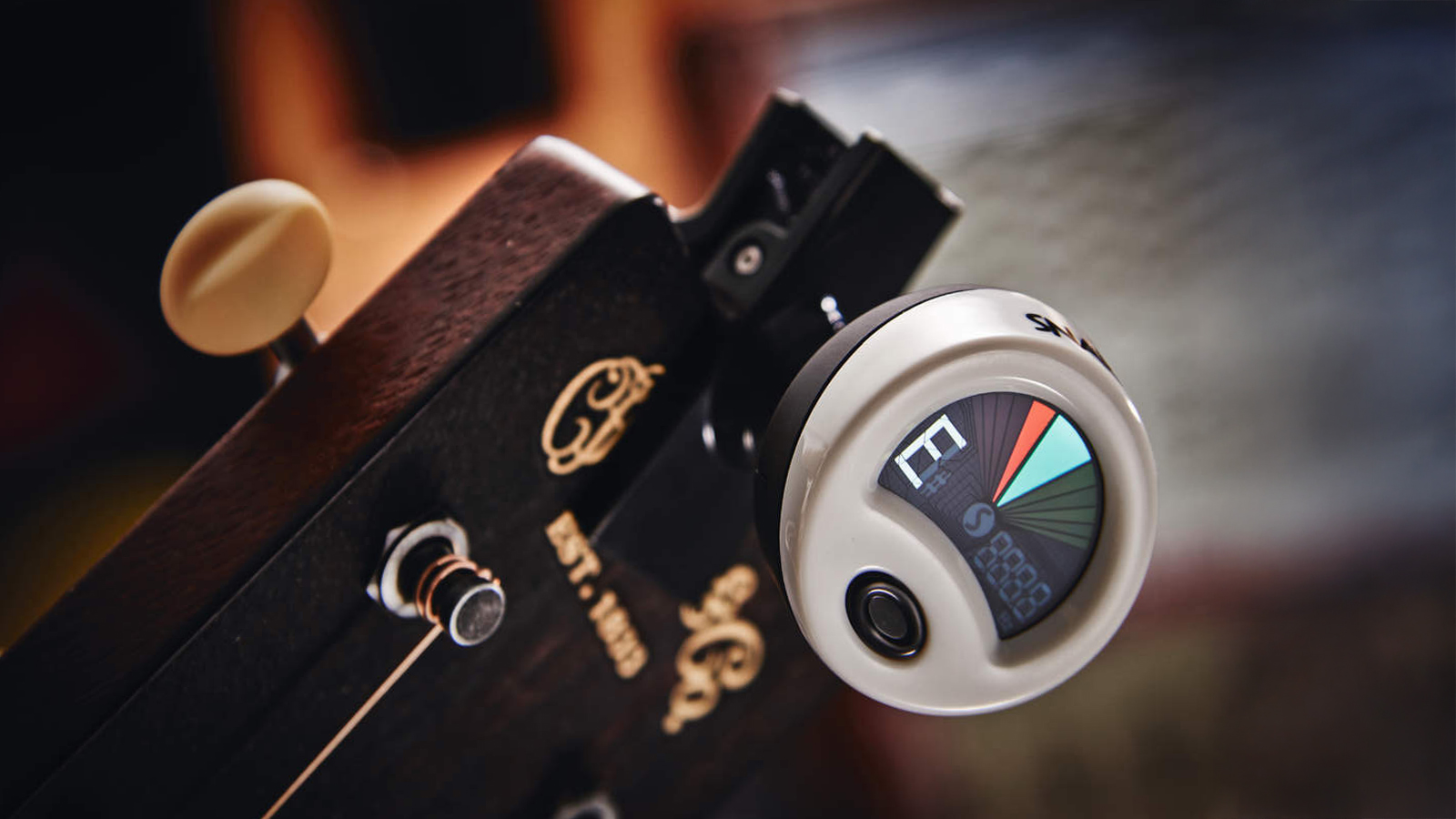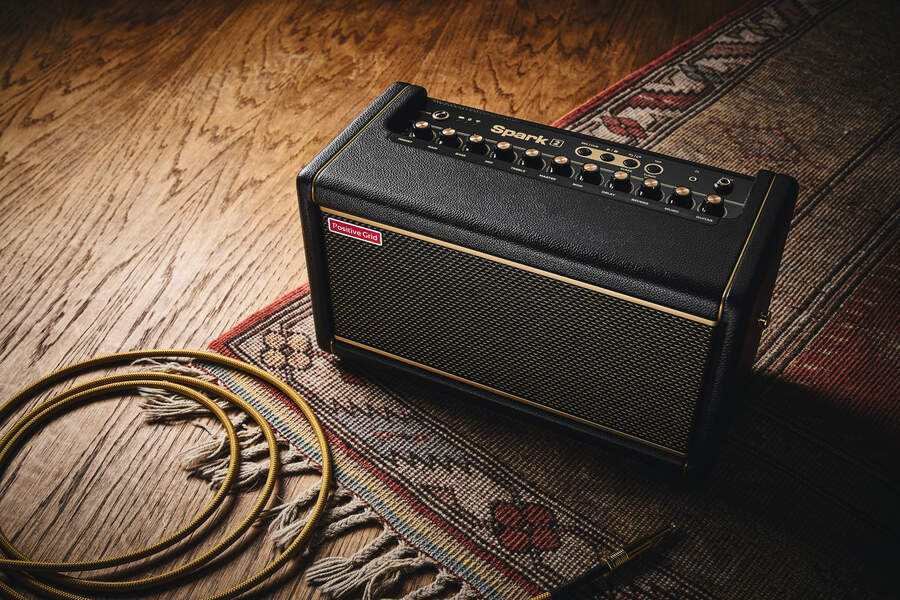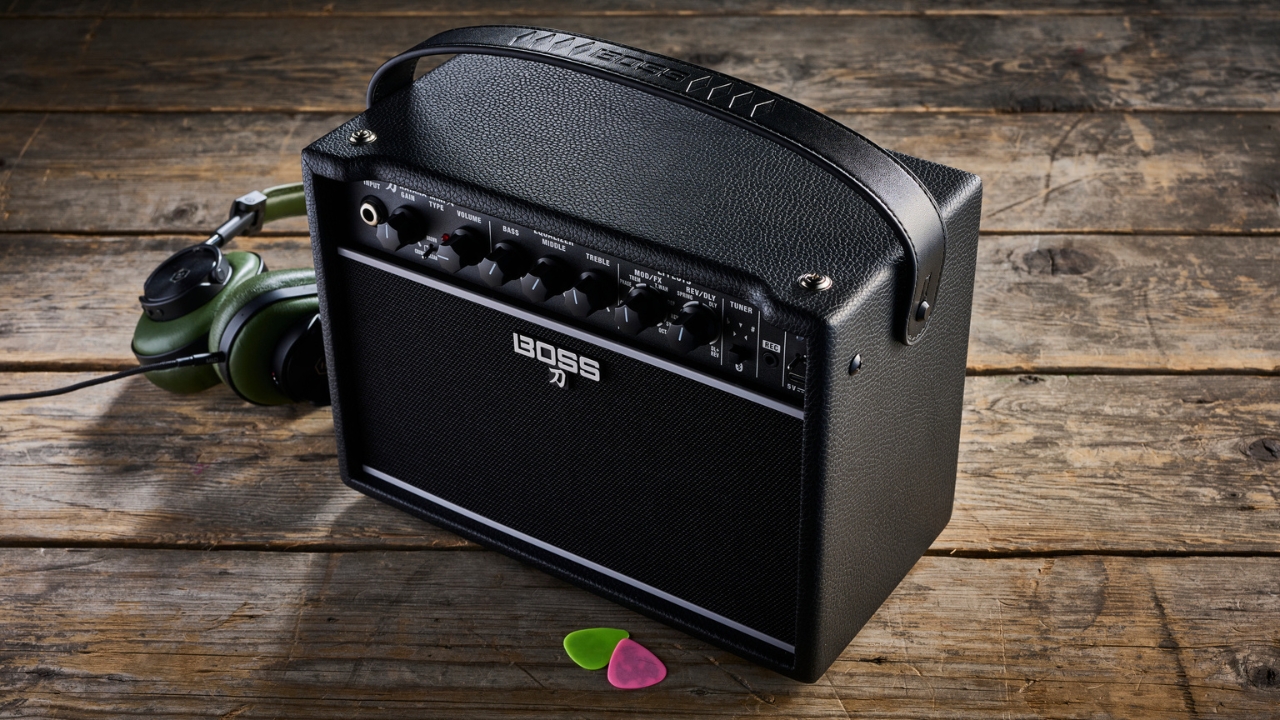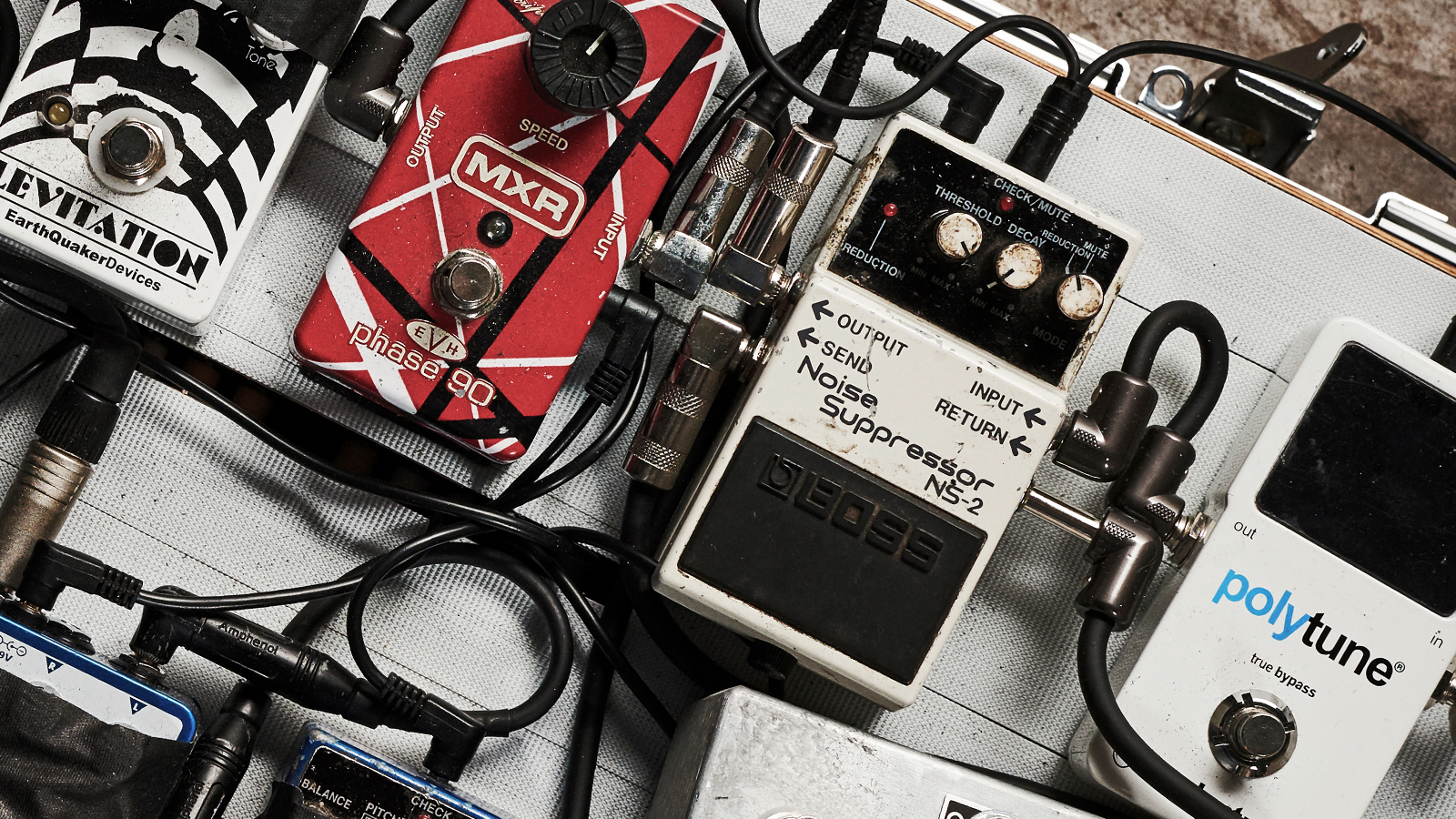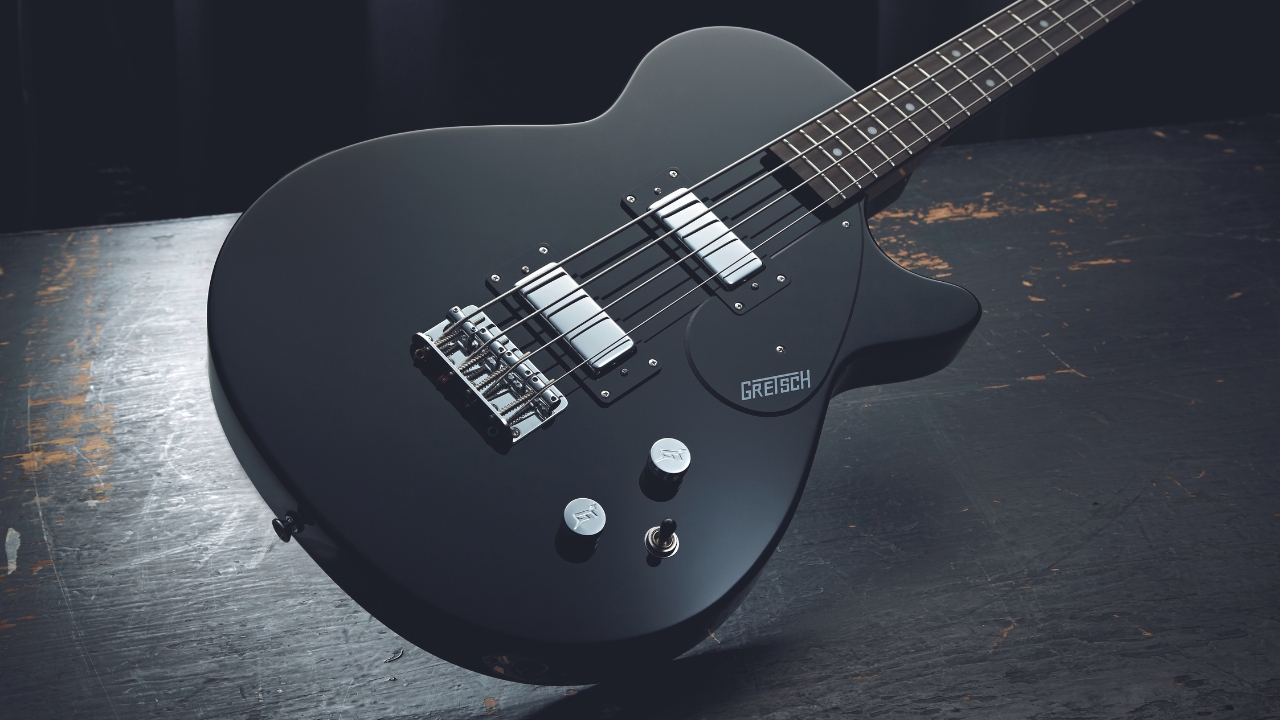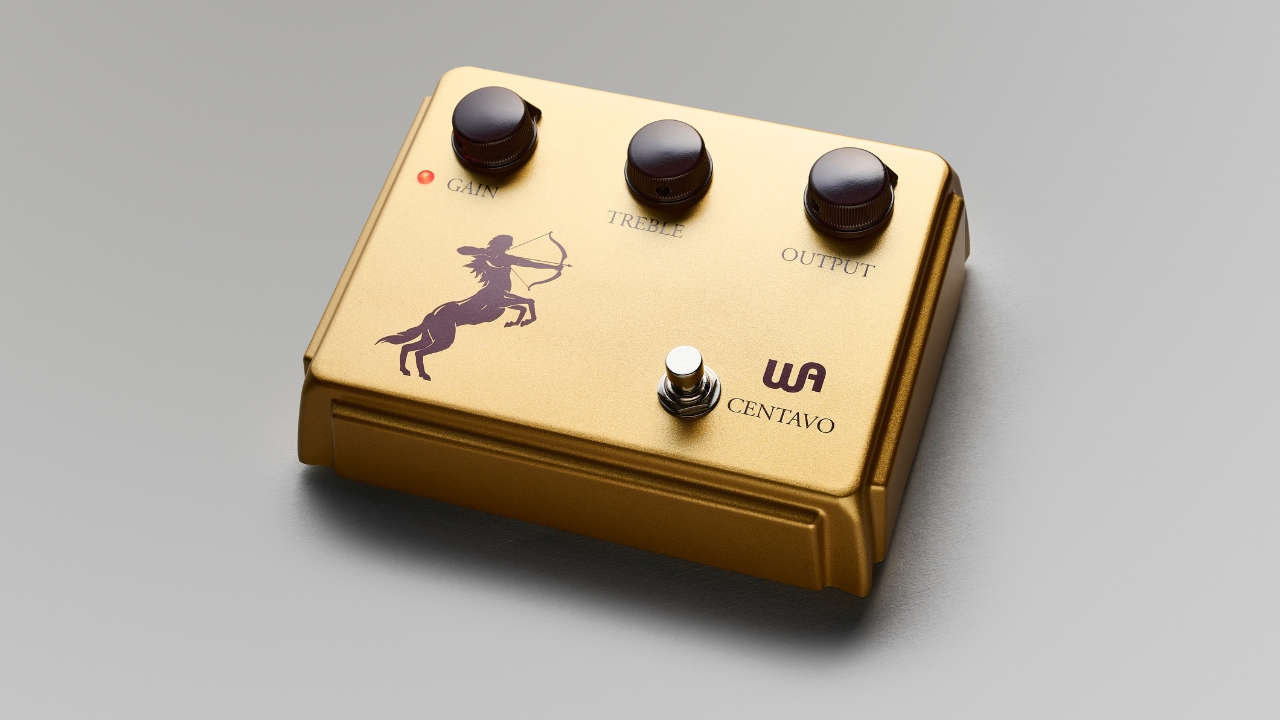Best Guitar Audio Interfaces 2025: Great Guitar Recording Options For A Range Of Budgets
Whether you’re a solo guitarist or a frequent collaborator, here lies the perfect guitar-ready interface for you – chosen by our experts
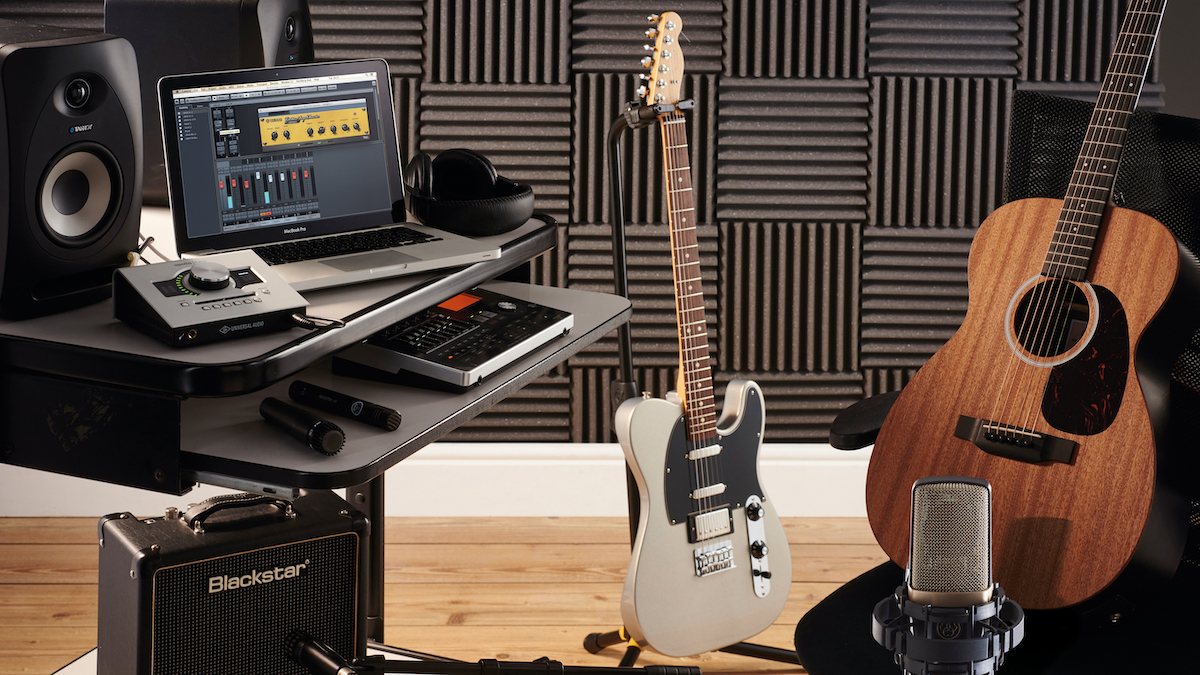
Home recording has come a long way in the last decade, but nailing that warm, rich tube-like guitar tone that makes other musicians jealous is still tricky. Grabbing one of the best guitar audio interfaces can help you get that sound just right.
For the uninitiated, an audio interface is a device that allows your guitar to communicate with your computer by converting audio signals into digital data that the computer can process. An interface allows you to record your playing and even flavor your tone with effects conjured from inside your computer.
Once upon a time, great-quality guitar interfaces were only accessible inside souped-up recording studios, but now due to technological advancements and a market shift favoring hobbyists and at-home guitarists, such devices are now widely available, and accessible to players with a variety of budgets.
But with a greater number of options comes greater difficulty in choosing the best guitar audio interface for your needs. Fortunately, here at Guitar Player, we’re no strangers to guitar recording, and we’ve compiled a list of the top audio interfaces available in today’s market.
We’ve considered a range of factors, including sound quality, ease of use and overall value for money, ensuring you’ll find the perfect interface for your needs. With options from brands like Focusrite, Universal Audio and SSL, there's bound to be an audio interface that suits your style.
Best Guitar Audio Interfaces: Our Top Picks
If an audio interface with a minimal learning curve and setup time sounds good to you, we’d highly recommend the Focusrite Scarlett Solo. For its tantalizing affordability and compact form factor, it boasts impressively crystal-clear sound quality, plus its easy-to-understand user interface and USB connectivity render it the ultimate plug-and-play guitar recording solution.
If you’ve got a little more budget to play with, at the other end of the spectrum sits the Universal Audio Apollo Twin Mk II, a swanky high-end interface with unparalleled sound quality and a selection of extra bells and whistles – perfect if you’re looking to take your recording game to the next level.
Best overall
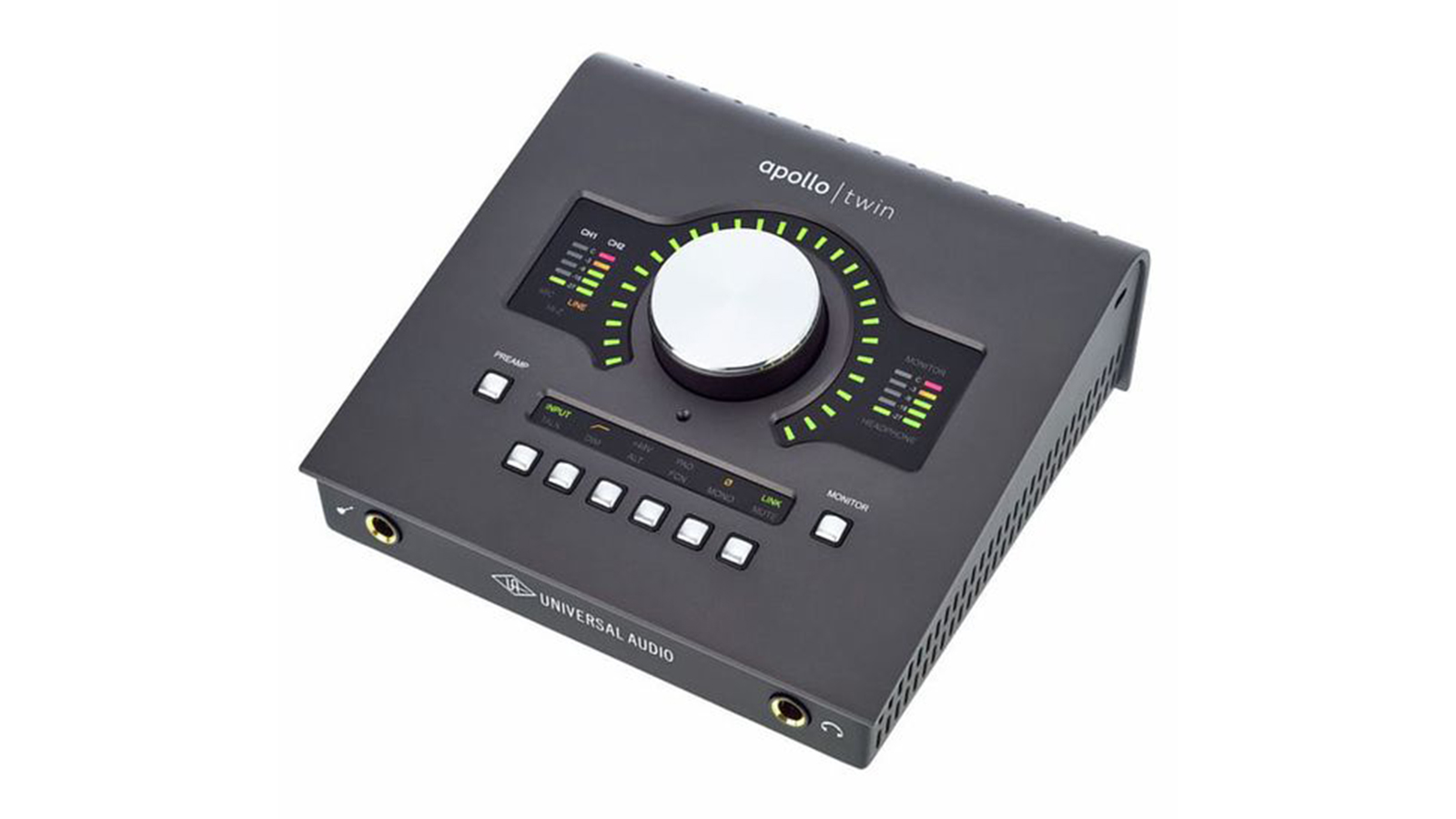
1. Universal Audio Apollo Twin MKII
Our expert review:
Specifications
Reasons to buy
Reasons to avoid
One of the most highly-regarded guitar audio interfaces on the market today, the 2-in-6-out Universal Audio Apollo Twin MKII offers professional-grade sound quality and advanced features that position it as one of the best choices for serious musicians and recording engineers.
Chief among its features is Universal Audio’s Unison technology, which allows for communication between the analog front end and a host of Unison-driven plugins on the UAD plugin platform, which features meticulously crafted digital emulations of everything from mic preamps to guitar amps and effects. In Layman’s terms, Unison offers access to a wealth of studio quality analog-style sounds in the digital domain.
Additionally, the interface comes with Universal Audio’s proprietary DAW, LUNA, which might tip the scales in its favor if you’re still deciding on the right recording software for you.
Best affordable
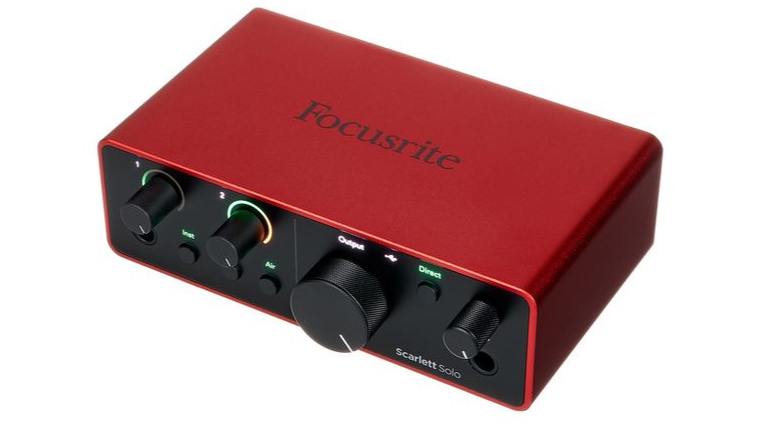
2. Focusrite Scarlett Solo (Gen 4)
Specifications
Reasons to buy
Reasons to avoid
Enter most home studios – or even professional studios, for that matter – and it’s highly likely you’ll spot one of these little red boxes. The Focusrite Scarlett Solo’s sky-high popularity owes much to its alluringly compact form factor and easy-to-understand user interface, as well as its pristine audio clarity, despite an uber-affordable price tag.
The Scarlett Solo is the definition of no-frills minimalism, with single XLR and ¼” TRS inputs allowing for simultaneous guitar and vocal recording – perfect for any singer-songwriter – while a direct monitor switch allows you to monitor your recordings with next to no latency.
Now in its 4th generation, the Scarlett Solo features 24-bit/192kHz converters and an ultra-low-noise preamp, promising faithful guitar recordings at all times. Apart from the refreshed control panel, perhaps the biggest upgrade in the 4th generation is the improved A‑D and D‑A converters, which help your tone sound cleaner than ever before.
Additionally, the Scarlett Solo comes with a bundle of software, including Ableton Live Lite, three months of Pro Tools Artist and the Hitmaker Expansion pack, which features a Marshall Silver Jubilee 2555 plug-in. With its compact design and high-quality features, the Focusrite Scarlett Solo is an excellent choice for guitarists who want to take their recording skills to the next level on a budget.
Best for electric guitar
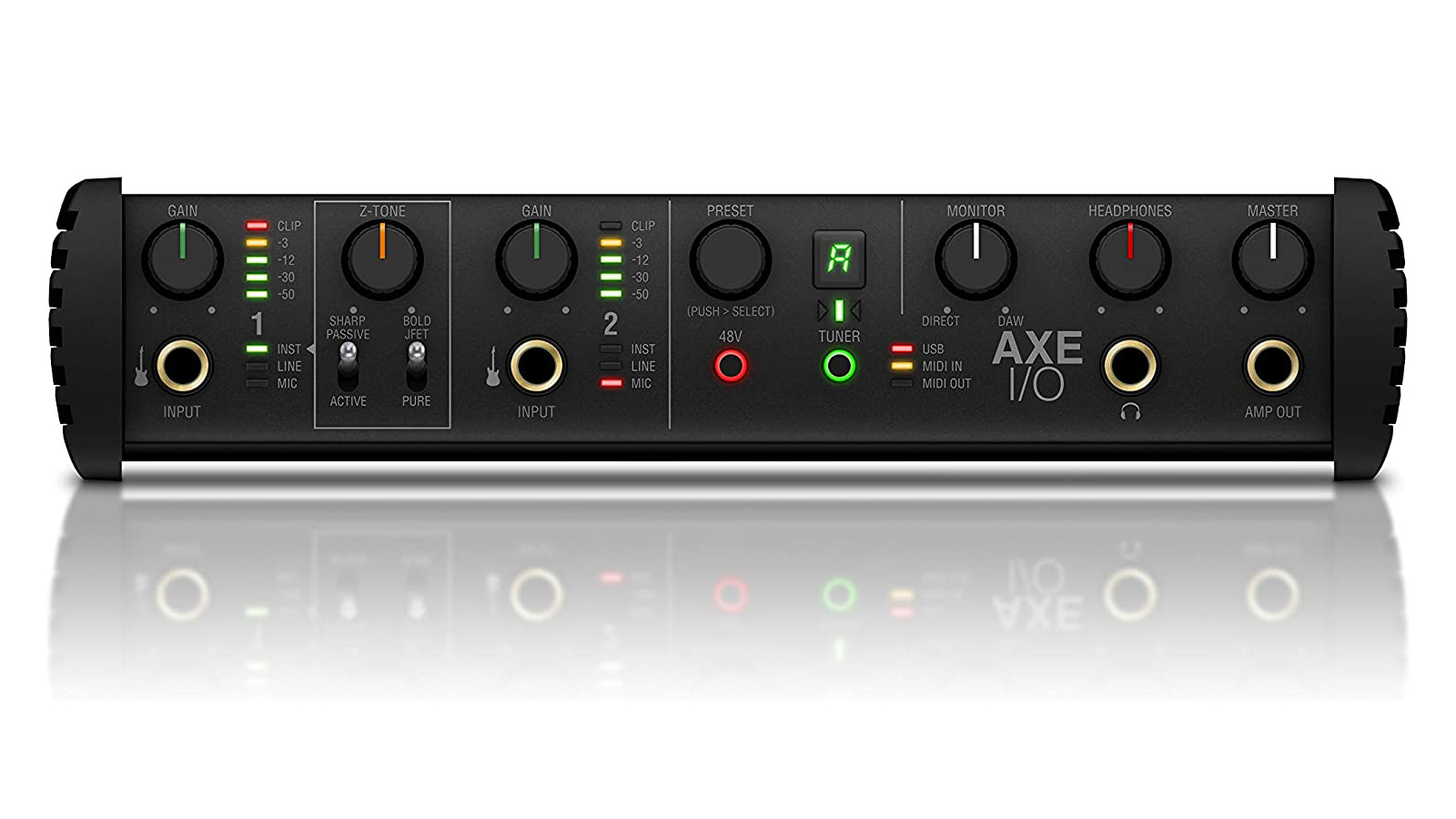
3. IK Multimedia Axe I/O
Our expert review:
Specifications
Reasons to buy
Reasons to avoid
A kitted-out audio interface designed specifically for guitarists, the IK Multimedia Axe I/O represents a step up from the Focusrite Scarlett Solo and Positive Grid Riff, but still boasts a relatively accessible price tag.
Delivering pristine sound quality and exceptional performance thanks to its high-quality preamps, 24-bit/192kHz resolution and low latency, the Axe I/O is touted by IK Multimedia as “a truly high-end audio interface for everybody”.
In terms of connectivity, the Axe I/O sports two line inputs as well as two XLR mic inputs – perfect if you’re experimenting with multi-mic guitar amp recording – in addition to five outputs for plugging in with headphones, monitors, amplifiers and more.
Additionally, the Axe I/O also sports a unique Z-Tone impedance-adapting circuit – which allows you to adjust the input impedance of the preamp to match the tone of your guitar – as well as a built-in tuner. If you’re looking for an all-in-one guitar audio interface, this is a strong contender.
Best traditional
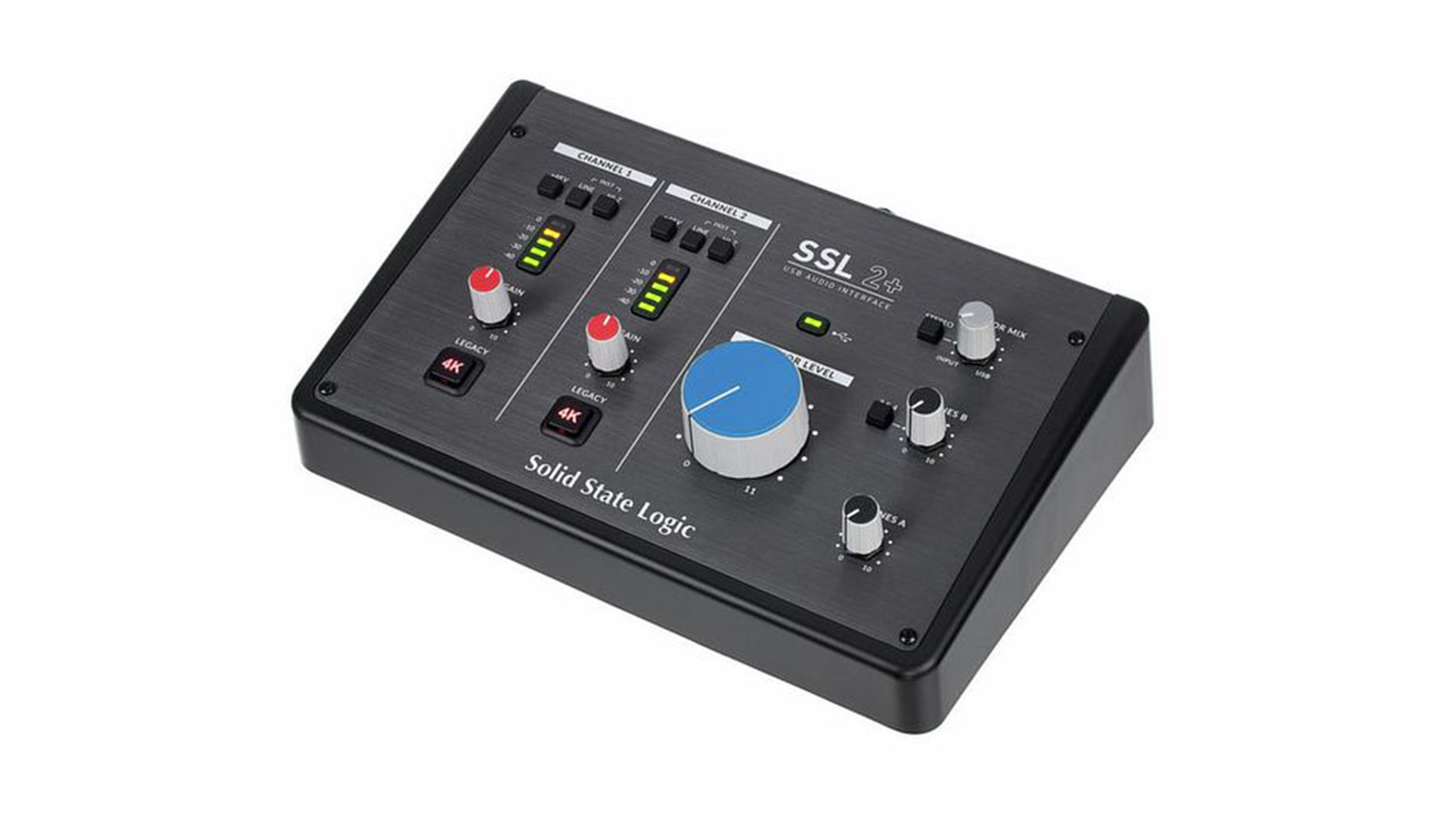
4. SSL 2+
Our expert review:
Specifications
Reasons to buy
Reasons to avoid
As we live in this age of digital innovation, many audio interfaces on the market sport modern design aesthetics to match. But if you’re a guitarist looking for a more old-school, tactile music recording experience, the SSL 2+ is the choice for you.
If you’re at all familiar with the look of some of Solid State Logic’s mixing desks featured in some of the most sought-after recording facilities in the world, you’ll recognize the same aesthetic in the pots of the SSL 2+.
With two XLR combo inputs – in which you can plug both XLR cables and ¼” guitar cables – six outputs and a MIDI in/out, the SSL 2+ makes for a pro-feeling desktop audio interface.
But where the SSL 2+ really excels beyond its competitors is in its 4K buttons. These, inspired by SSL’s 4000 E console, allow you to add some 4kHz sheen and sparkle to your audio on the fly.
Best premium
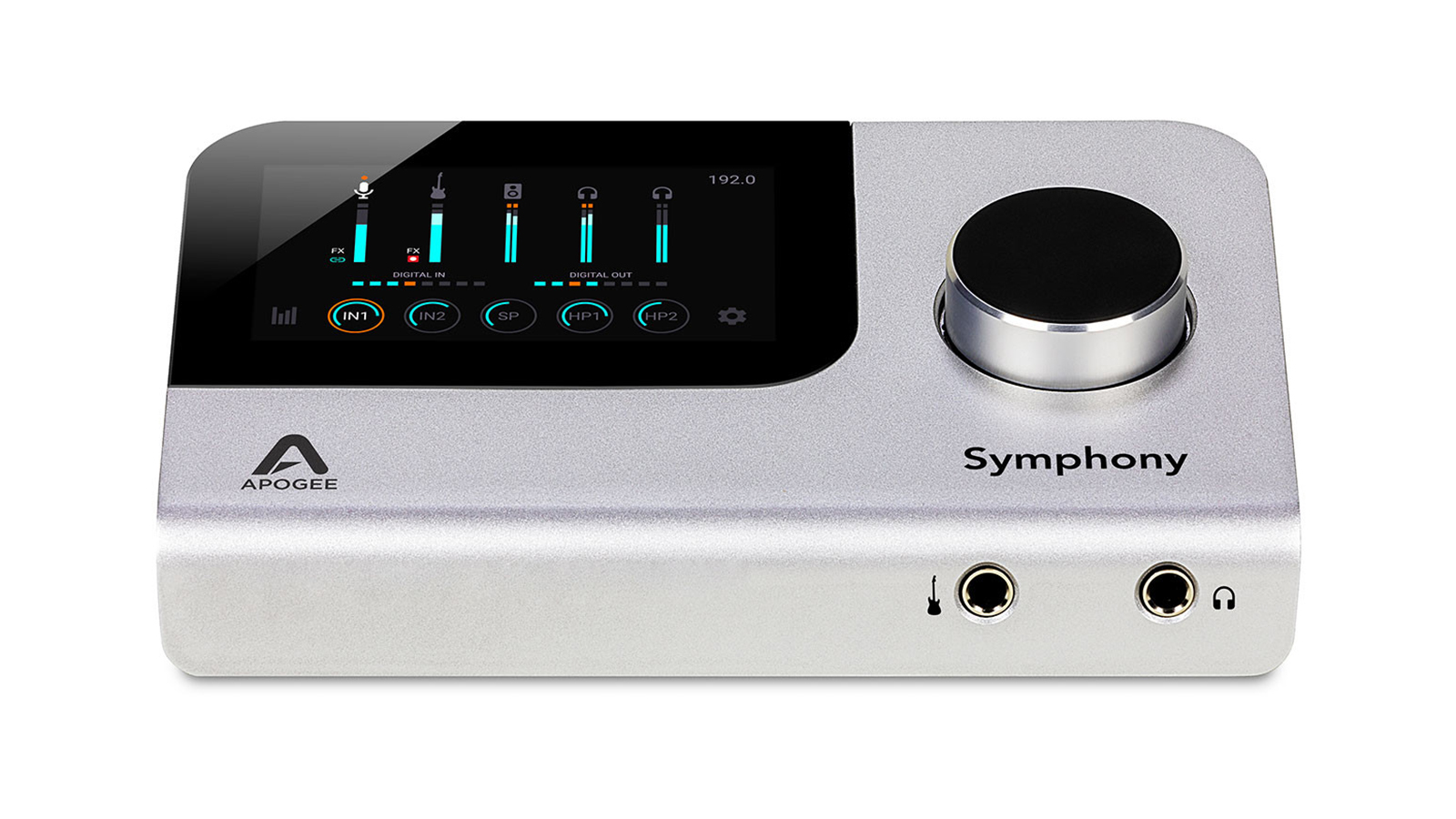
5. Apogee Symphony Desktop
Our expert review:
Specifications
Reasons to buy
Reasons to avoid
If you’re hunting for a guitar audio interface on a higher budget, the Apogee Symphony is one of the ultimate options available to you. This high-end model packs Apogee’s legendary rack-mount Symphony I/O Mk II interface into a smaller, desktop-appropriate form factor, offering the appealing combination of pro-grade sound quality and lightweight portability.
Under the hood, the Symphony Desktop features some of the industry’s most respected and sought-after analog-to-digital/digital-to-analog converters and mic preamps – as well as 24-bit/192kHz resolution for an unrivaled sound experience.
In addition to its revered internal components, the Symphony Desktop features a futuristic aesthetic, with a single minimalist control knob and an immersive touchscreen interface, offering the best of both tried-and-tested vintage sound quality and forward-thinking UX.
Best for simplicity
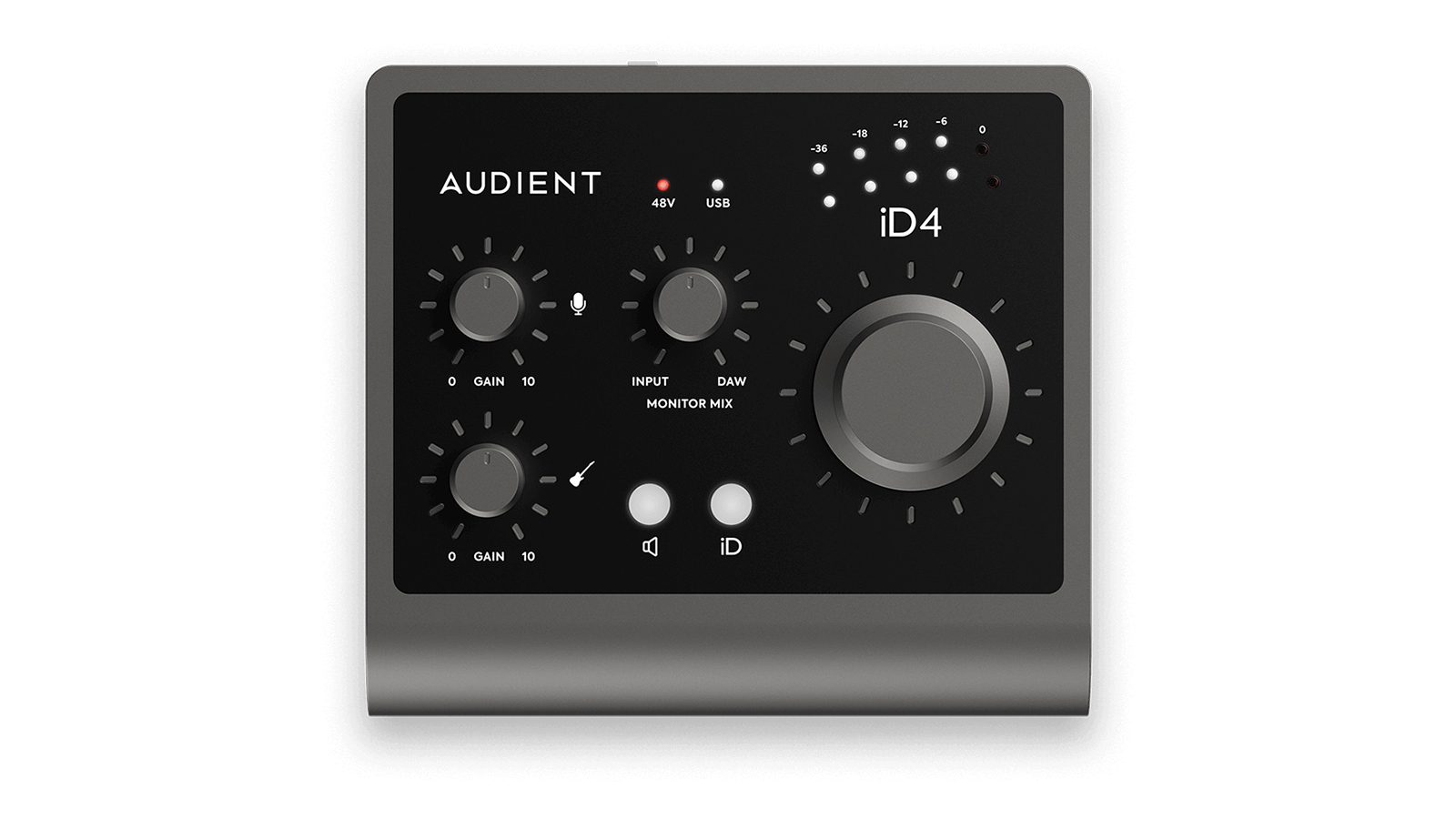
6. Audient iD4 MkII
Our expert review:
Specifications
Reasons to buy
Reasons to avoid
Audient desks and equipment sit in some of the world’s most renowned recording facilities, so it’s safe to say the British company knows a thing or two about audio signal processing. And while some of Audient’s pro-level gear carries similarly pro-grade price tags, the Audient iD4 MkII is an audio interface any guitarist can get their hands on.
Priced under $200, the 2-in-2-out USB C-powered iD4 MkII houses Audient’s decades of technological and design expertise, featuring an instrument DI input for your guitar, in addition to a mic preamp so you can record the speaker cone of your guitar amp, too. The latter also features a phantom power switch, so it’s compatible with both dynamic and condenser mics.
The interface also sports a smart scroll wheel – allowing you to physically adjust settings within your software – as well as a selection of outputs for playback monitoring, including two monitor speaker outputs and dual headphones outputs.
If you’re a solo guitarist – and occasional collaborator – looking for an all-in-one interface solution, the iD4 is one of the best value for money options you’ll find.
Best compact
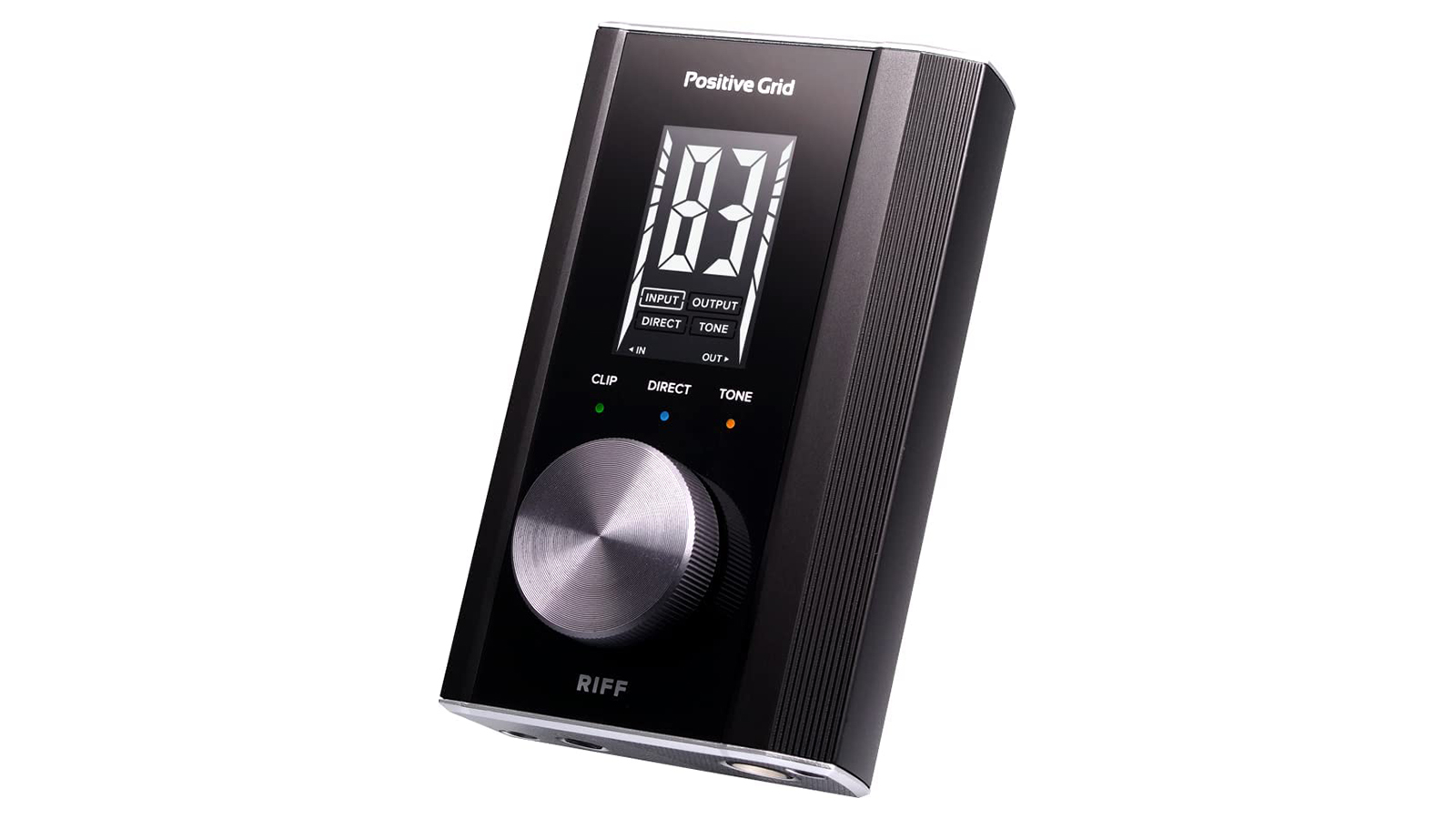
Specifications
Reasons to buy
Reasons to avoid
The most compact offering on this list, the Positive Grid Riff is an interface designed specifically for guitar players, so if all you want to do is record your guitar playing with no additional hassle, you won’t go far wrong here.
Featuring 24-bit/96kHz high-resolution audio – so your recordings are laid down as intended – the Riff measures about the size of a smartphone, with a plug-and-play USB design and sleek, modern-looking digital user interface, courtesy of a single control knob. This takes care of all of its main functions, including volume and input gain levels, and also allows you to switch between three preset preamp emulations – mild compression, full range and mid boost.
To sweeten the deal, the Riff also comes with a free download of BIAS FX 2 LE, a Lite Edition of Positive Grid’s industry-leading BIAS FX 2 amp and effects modeling software. At no extra cost, this digital suite brings 24 presets, 15 amp emulations, 22 effects and more.
Read our full Positive Grid Riff review
Best for collaboration
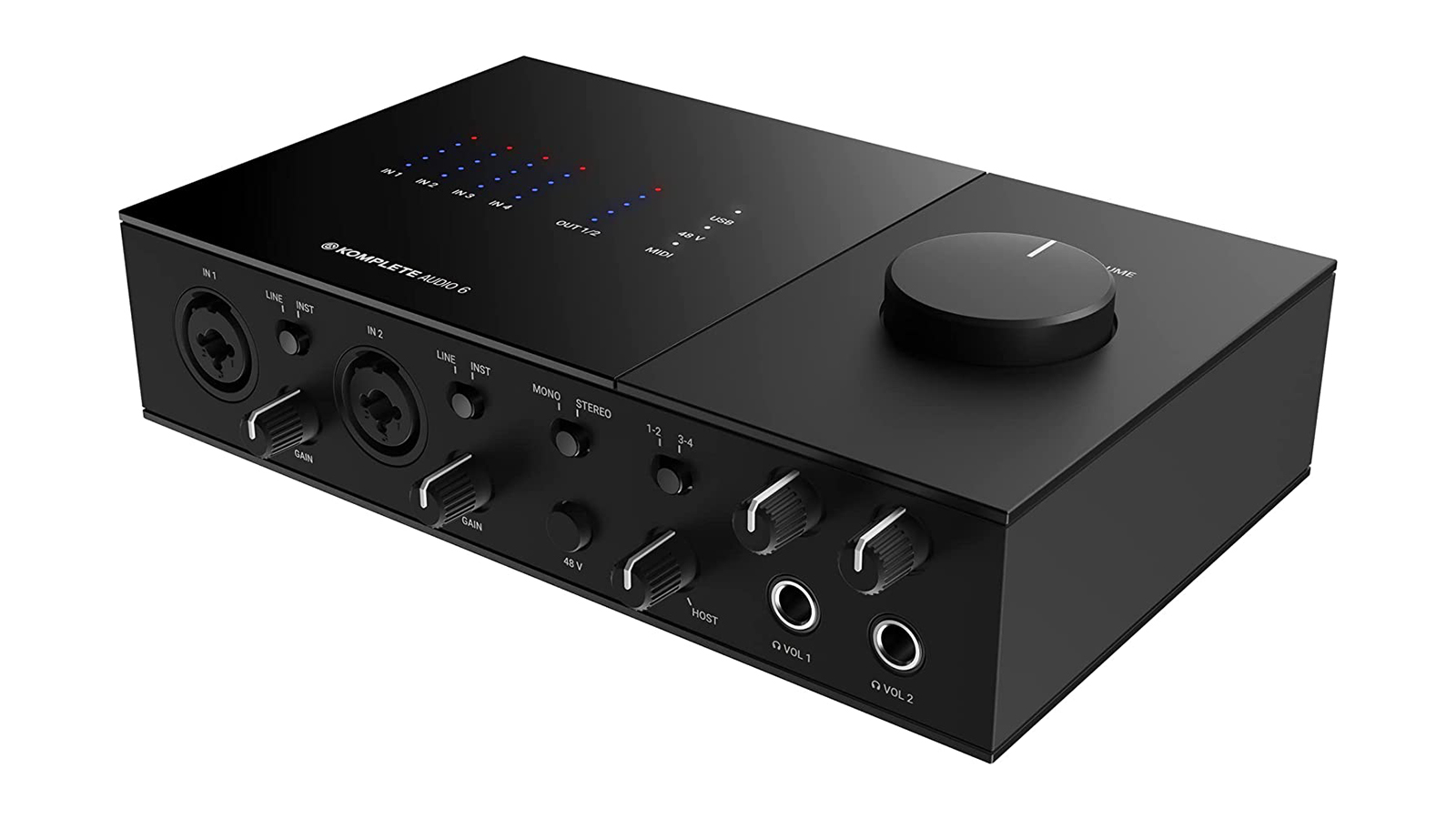
8. Native Instruments Komplete Audio 6 MK2
Our expert review:
Specifications
Reasons to buy
Reasons to avoid
Native Instruments is an industry leader when it comes to both music software and hardware, and they bring their decades of expertise to the table with the Komplete Audio 6 MK2. A high-quality audio interface designed for guitarists as well as producers and DJs, it features 24-bit/192kHz resolution for crystal-clear sound, as well as a host of ins and outs for a range of recording situations.
If you regularly collaborate with other musicians, the Komplete Audio 6 might just be the ideal solution for you, thanks to its dual headphones outputs, which allow for the connection of two sets of headphones at the same time. And despite its pro-level input and output configuration, the Komplete Audio 6 features USB connectivity, so it’s a prime pro-level plug-and-play device.
If you’re still deciding, it might seal the deal that the interface also comes with a bounty of Native Instruments software to get you started, including Ableton Live 11 Lite and a host of effects for flavoring your guitar tone.
Best for dynamics
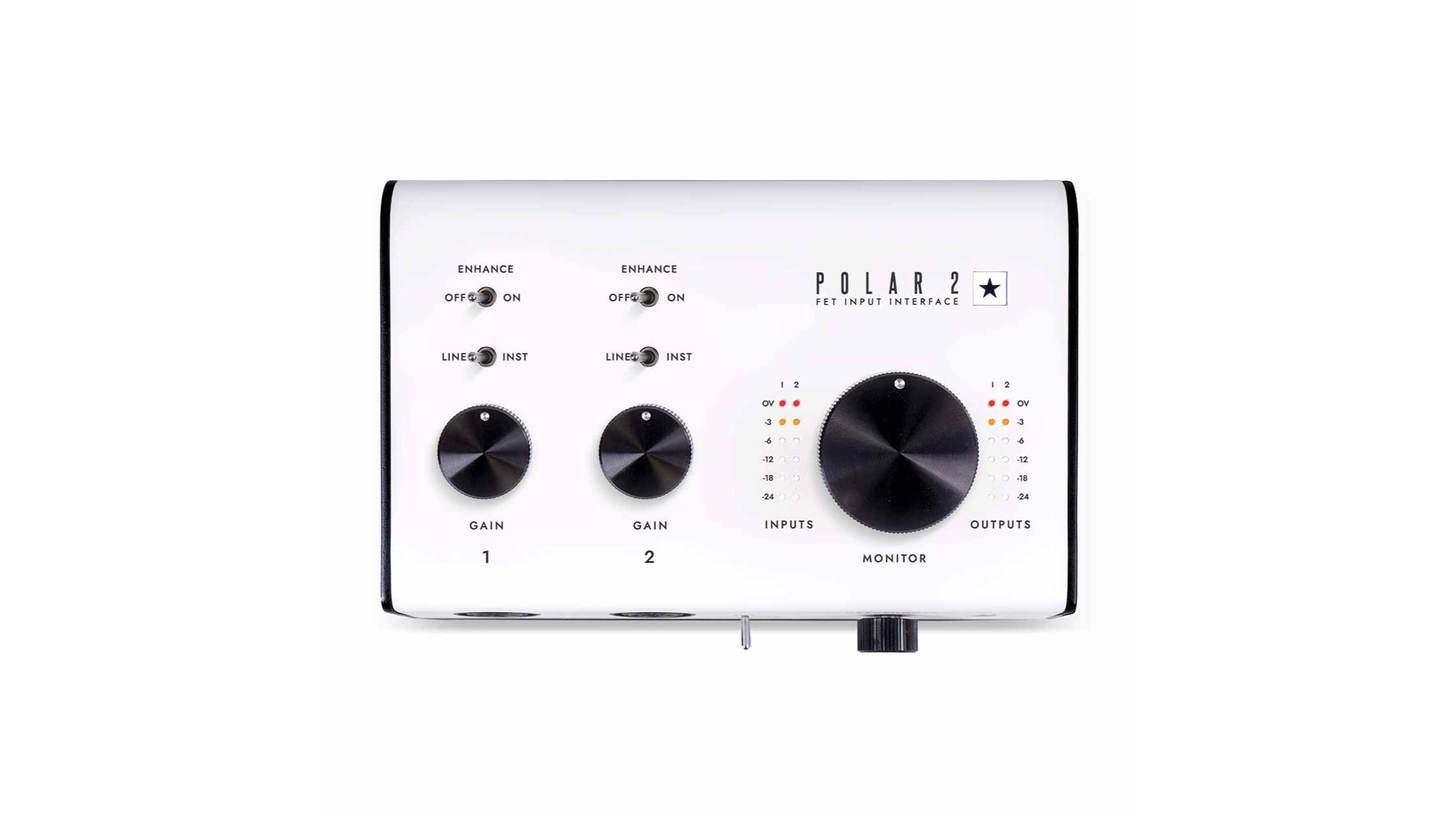
9. Blackstar Polar 2
Our expert review:
Specifications
Reasons to buy
Reasons to avoid
Blackstar has made a name for itself in guitarist households, and now the Polar 2 marks the UK company's debut in the world of audio interfaces. With its straightforward 2-in, 2-out configuration and clean control panel, it lets you focus on what matters – recording guitar. Plus, thanks to the FET input stages, it sounds fantastic.
It’s incredibly dynamic for a digital interface, and with the proprietary ‘Enhance’ switch that eliminates digital clipping, you can drive the Polar 2’s preamps just like you would a tube amp. However, it’s not all guitar-focused as microphones sound lovely and warm due to the vintage-inspired studio preamps. If you’re planning on recording vocals or even micing up an acoustic guitar, the Polar 2 has you covered.
The Polar 2 also comes with a bundle of free studio software. You’ll get Blackstar’s full St. James Plugin Suite, Ableton Live Lite, ReLab LX480 Essentials Reverb and Melodyne Essential – all together in a package worth around $130.
FAQ
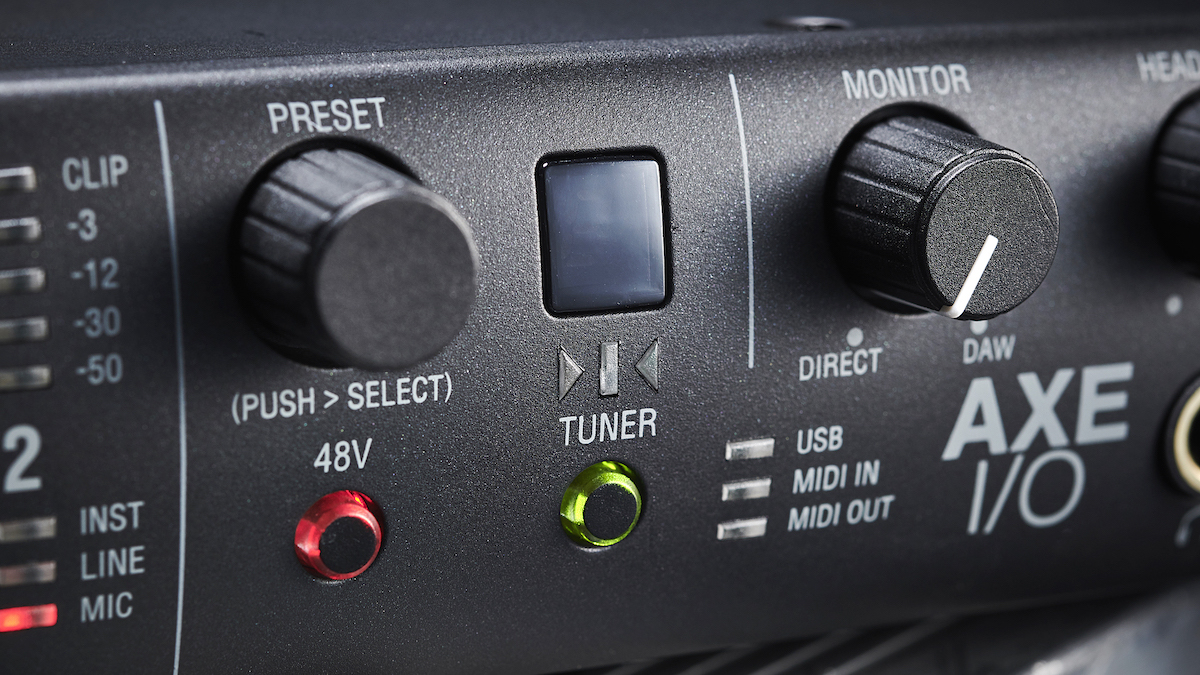
How Many Inputs And Outputs Should I Have?
You can trust Guitar Player.
It’s easy to get lured in with all the additional bells and whistles when it comes to buying the best guitar audio interface for you, but ultimately your biggest consideration should be your input and output requirements, in other words the number of inputs and outputs you need to achieve what you’re trying to achieve. For example, if you’re a solo guitarist happy to work primarily on your own using overdubs, you probably don’t need to spring for an interface with many inputs, as most of the time they’ll go unused.
And on the subject of ins and outs, you should consider whether you’ll primarily be recording direct in with a ¼” guitar cable, miking up a guitar amp, or a combination of the two. If you will be recording with a mic, pay attention to the quality of the preamps in your interface of choice. This could be the difference between average and great recordings.
If you have the money to spend on a more mid-level or higher-end interface, it’s better to go for a better-quality model with only one or two inputs. Price is often dictated, in part, by the number of ins and outs, so buying an interface with more than you need will eat into your budget needlessly.
What Specifications Should My Interface Have?
Next up in your buying considerations should be sound quality, or more specifically, the quality of the components (preamps and converters, for example) housed within. In general, it’s best to look for an interface with a high sampling rate and bit depth, as this will directly translate to the improved quality of your recordings.
You should also ensure that your audio interface of choice has low latency. This is, in general, a standard across the recording world, but it’s still important to do your research and confirm, as trying to record accurate tracks with high latency is a terribly frustrating endeavor.
What Brand Of Audio Interface Is The Best?
Paying attention to the brand of audio interface will pay dividends. Generally speaking, the big players here – Focusrite, Universal Audio, SSL – have the reputations they have for a reason, so shopping where others have before is often a pretty safe bet.
That said, there are newer players on the scene proving their worth. Positive Grid is receiving excellent reviews for its products. The portable Riff interface, in particular, earned high praise from us. Also, Blackstar Amplification, which is known for producing brilliant practice amplifiers to fully-tube combos, is turning a few heads with the Polar 2. The choice has never been greater, and sticking to any of the brands on our list will steer you in the right direction.
How Much Should I Spend On An Audio Interface?
The amount you should spend on an audio interface depends on your needs and experience level. If you’re just starting out, you might not notice much difference between a $200 interface and a $1500 one. In this case, it’s wise to save money and invest in something more affordable. The Focusrite Solo, for example, has been a popular choice for years due to its solid sound quality and reasonable price. Many great records have been made with interfaces like it.
For most consumers, spending significantly more won't yield a dramatic improvement in audio quality. While pricier interfaces often offer additional features, lower noise levels, and higher-quality materials, these extras are not always essential for home recording.
How we choose products
At Guitar Player, our team of writers aren't just music enthusiasts; we're real-life musicians. Our hands-on experience with amps ensures that our reviews and recommendations are backed by practical knowledge and real-world testing.
When it comes to selecting the best audio interfaces or guitar, we leave no stone unturned. Meticulously evaluating factors like versatility, sonic character, build quality, and value for money, it's only after rigorous testing in a variety of playing scenarios do we choose products for our guides. We stand by our selections, ensuring that every interface we recommend is one we'd use ourselves.
Read more on how we test gear and service at Guitar Player
Related buyer’s guides
- Best Acoustic Guitar Mics For Recording Or Live Performance
- Best Electric Guitars For Beginner To Pro Players
- Best Acoustic Guitars: Beginner, Intermediate And Top-End Acoustics
- Best Guitar Amps: Tube And Solid-State Amps For Home, Studio And Stage
Get The Pick Newsletter
All the latest guitar news, interviews, lessons, reviews, deals and more, direct to your inbox!
Sam was Staff Writer at GuitarWorld.com from 2019 to 2023, and also created content for Total Guitar, Guitarist and Guitar Player. He has well over 15 years of guitar playing under his belt, as well as a degree in Music Technology (Mixing and Mastering). He's a metalhead through and through, but has a thorough appreciation for all genres of music. In his spare time, Sam creates point-of-view guitar lesson videos on YouTube under the name Sightline Guitar.
Guitar Center's Guitar-A-Thon is back, and it includes a colossal $600 off a Gibson Les Paul, $180 off a Fender Strat, and a slew of new exclusive models
"We tried every guitar for weeks, and nothing would fit. And then, one day, we pulled this out." Mike Campbell on his "Red Dog" Telecaster, the guitar behind Tom Petty & the Heartbreakers' "Refugee" and the focus of two new Fender tribute models

